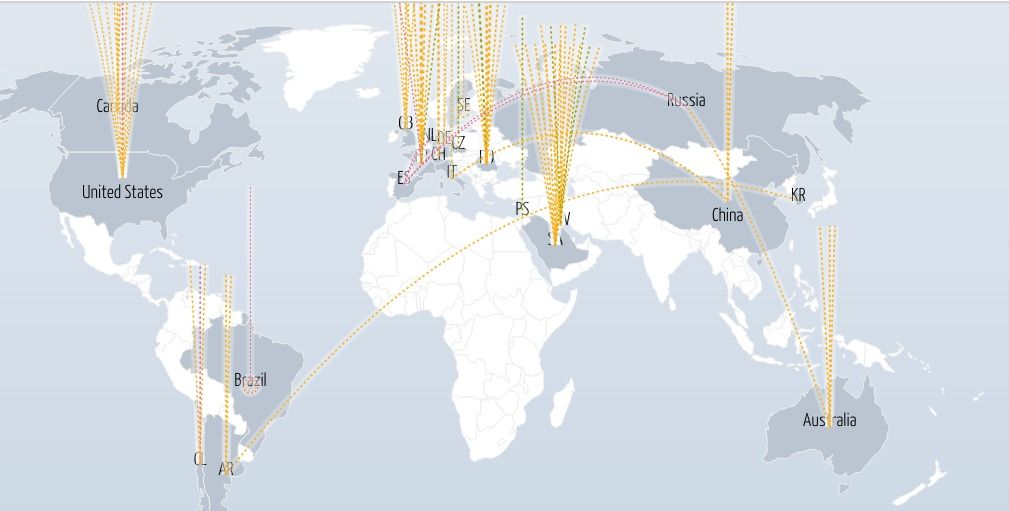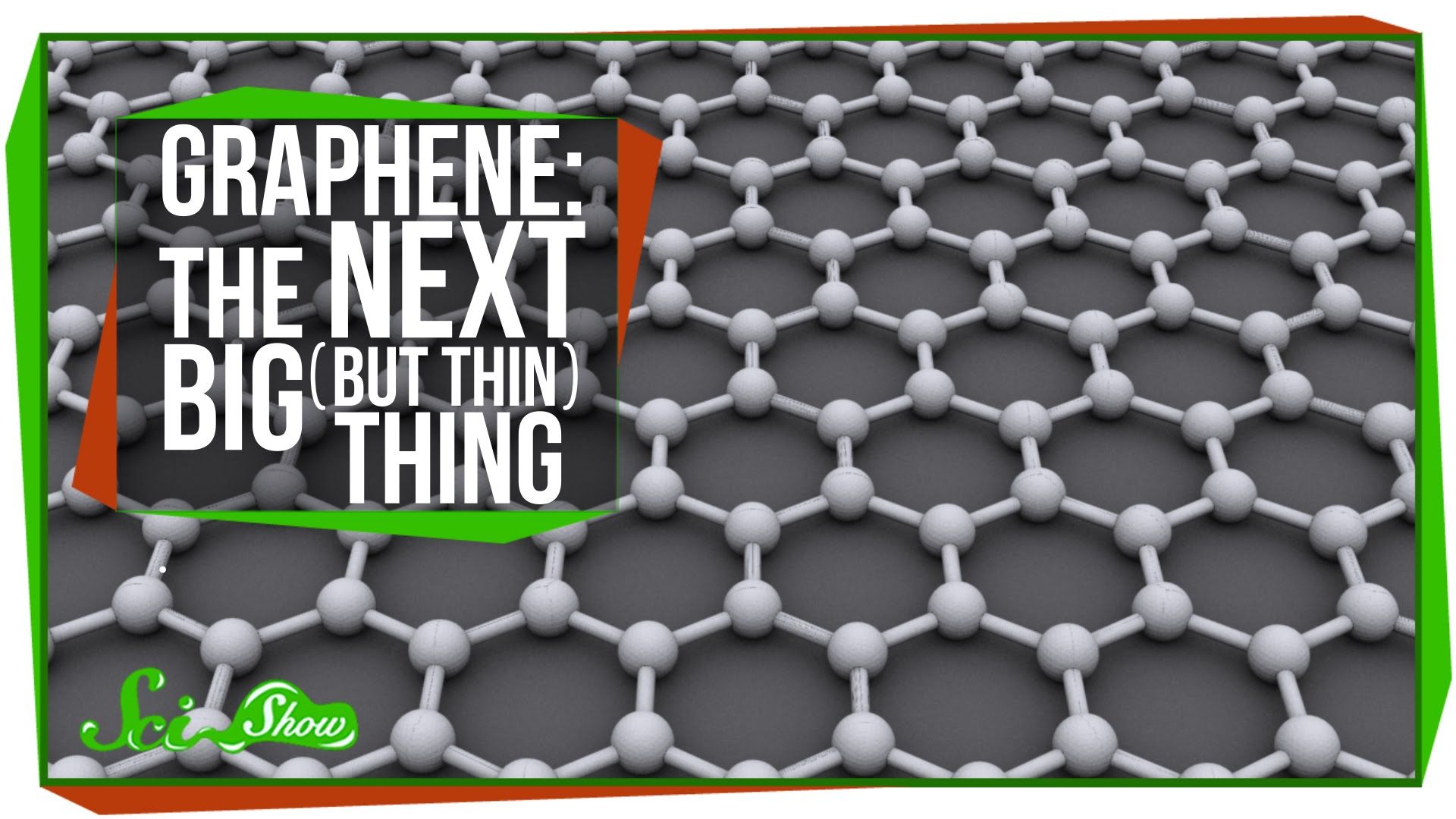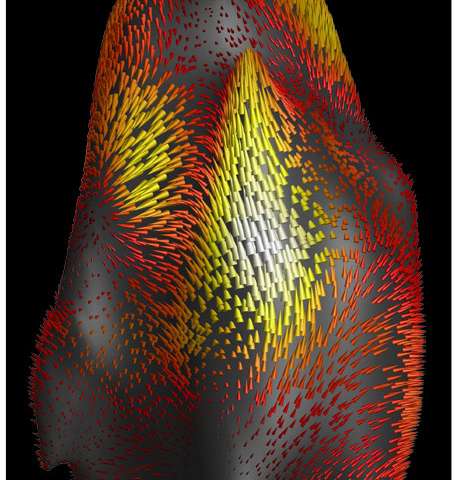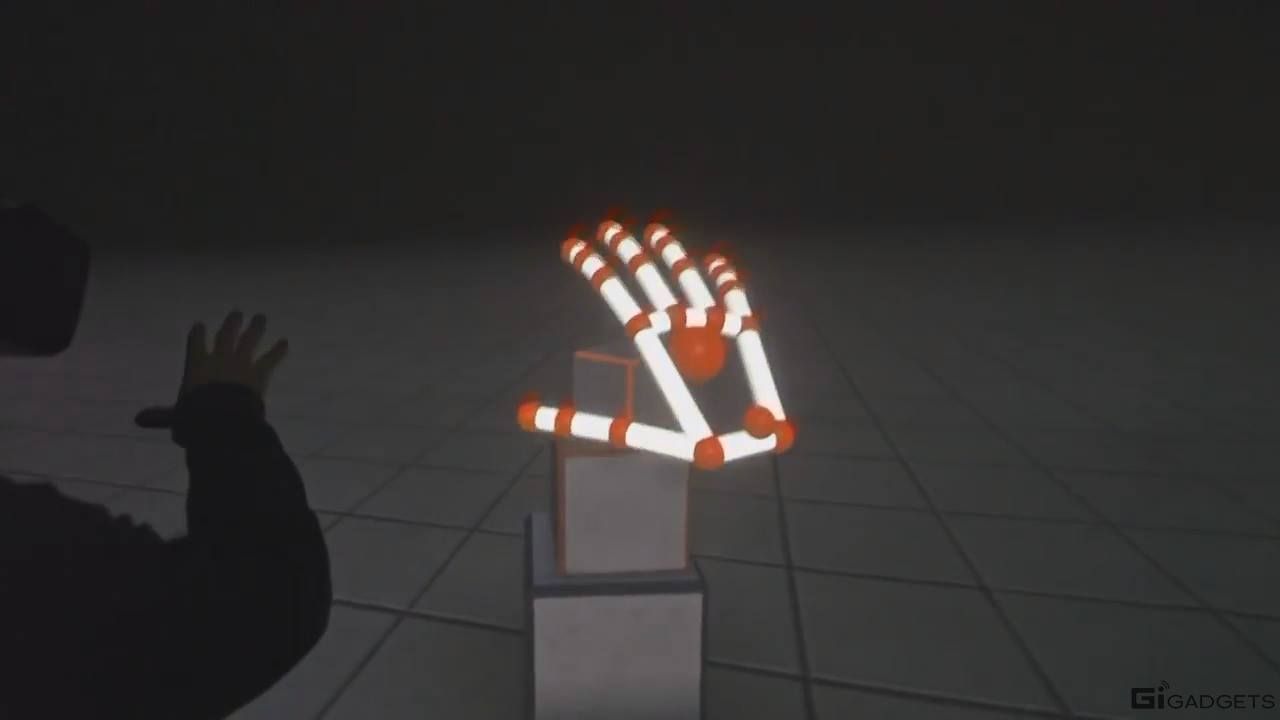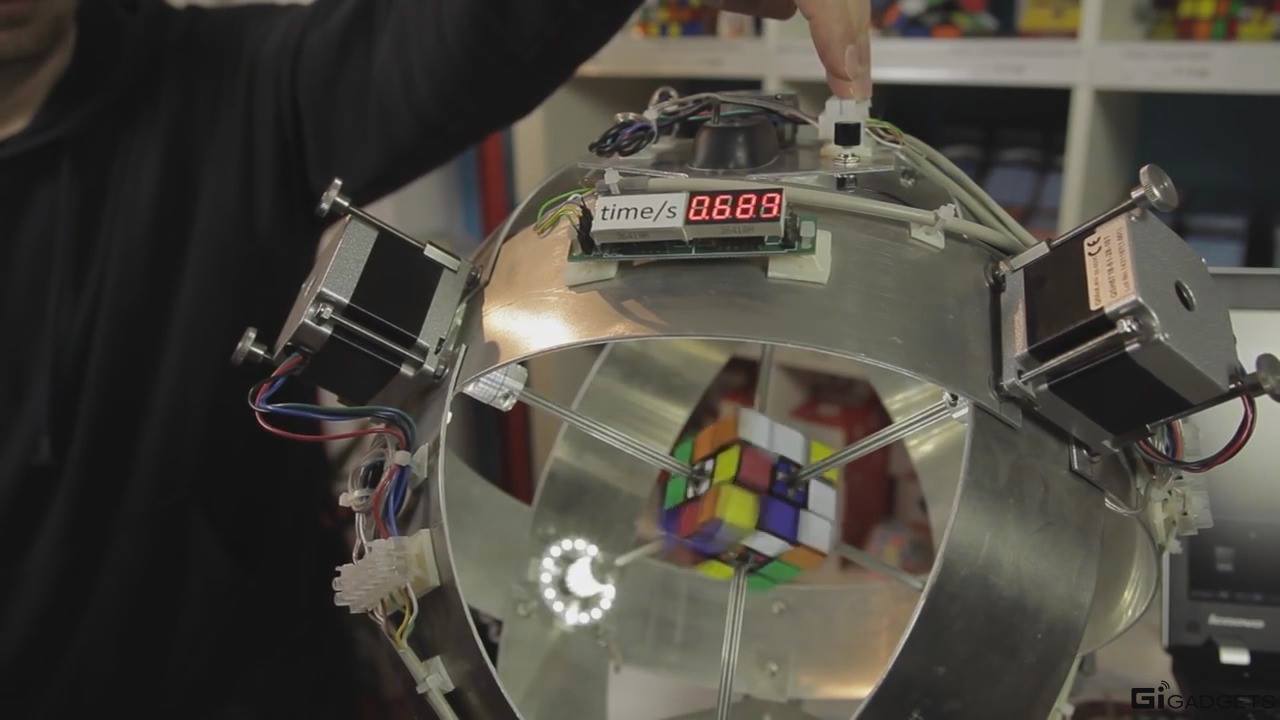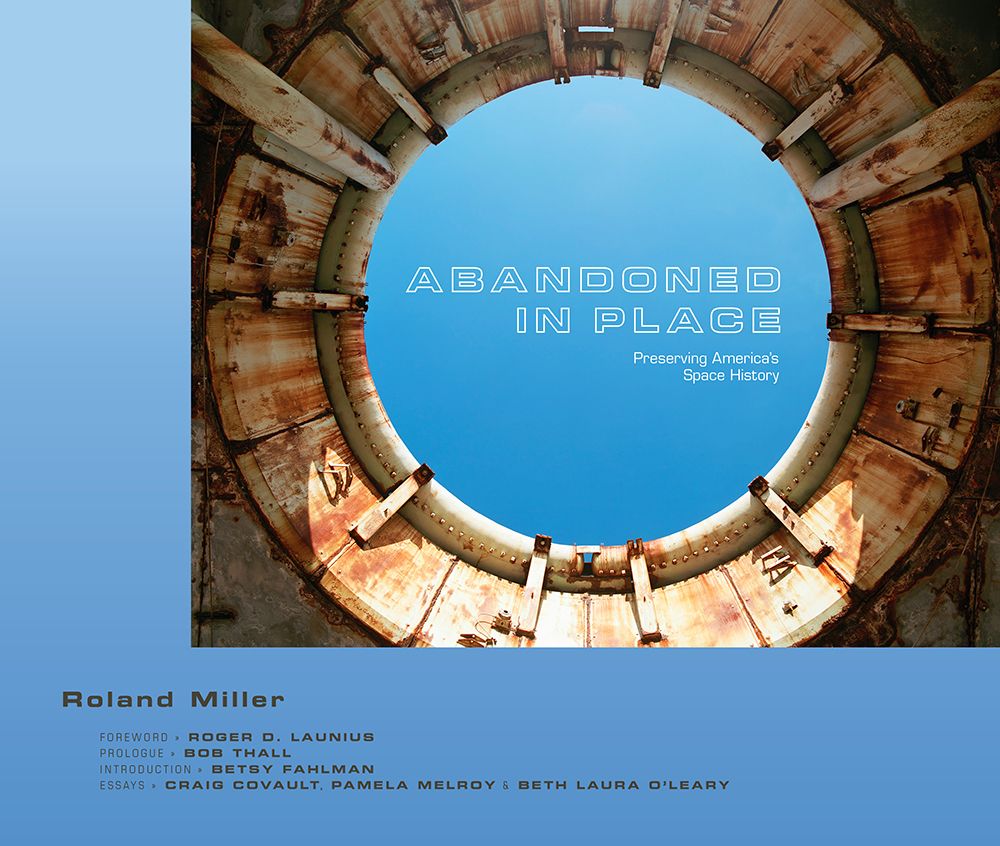
New book chronicles American space history left rotting at the pad; not just at Cape Canaveral but across the U.S. Not sure what can be done with behemoth launch pads, but perhaps a non-profit effort at restoring them or at least cleaning them up might be worth the effort.
Large swaths of America’s space heritage have literally been left to rot at the launch pad as is poignantly made clear in Abandoned In Place, a new book that chronicles long-neglected and largely forgotten aspects of U.S. space history.
Author Roland Miller’s oversized collection of photos and essays documents some 60 years of U.S. space history mostly at Cape Canaveral, Fla.
Abandoned In Place: Preserving America’s Space History includes coverage of both early U.S. Air Force and Army test launches as well as NASA’s first tentative steps with the Apollo program. In the process, Miller, Dean of Communications Arts at the College of Lake County in Grayslake, Ill., makes it painfully clear that although we have preserved and displayed crucial elements of U.S. space history in museums like the Smithsonian National Air and Space Museum, there are still large gaps in such efforts.


